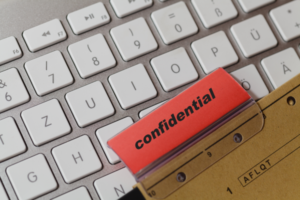
Trade mark protection is crucial for any brand owner, but it can sometimes create practical difficulties from a business perspective. When new trade mark applications are published by registries, information about a company or a brand owner’s new product or service is necessarily disclosed. As a result, brand owners often have to decide whether or not to reveal their business plans to the world on the one hand, or to run the risk of not having trade mark protection on the other. This trade-off can, however, be mitigated and one of the more recent strategies being employed by companies is the filing of “stealth” or “submarine” applications enabling brand owners to “fly under the radar” so to speak.
In essence, “stealth” or “submarine” filings as they are often referred to, are trade mark filings in respect of which publication and disclosure to the public are strategically delayed. In short, the strategy mainly involves filing trade mark applications in registries where information would not be as easily accessible, for example, a registry that does not have a widely accessible online database of pending applications. This effectively ensures that newly filed applications are not readily available (or visible) to the public.
One may question why brand owners would first want to file applications through more “obscure” registries, for example in Zimbabwe, ultimately to secure trade mark rights in the United States. The reasoning is quite simple: Zimbabwe and the United States are both signatories to the Paris Convention for the Protection of Industrial Property, which provides for “priority claims”. This means that trade mark applicants can defer filings in treaty countries within six months from the original application. Brand owners can, therefore, except in the rare case where a country is not a signatory of the treaty, file in the country of origin (for example Zimbabwe) on 1 January 2023 and wait until 1 July 2023 to file in the United States. As a result, brand owners can enjoy the benefit of having a trade mark application in the United States dating back to the first filing date in the country of origin, but ultimately having kept the trade mark “hidden” until the application was filed in the United States.
Indicators that a particular registry could serve useful in filing a stealth application would be that the trade mark office/registry:
- does not reflect new trade mark filings for a period of time;
- does not have an online database accessible to the public and/or searchable by the public;
- requires an in-person manual search of the trade mark records to identify new filings; and
- readily provides certified copies of the applications filed.
It can be difficult to align business interests and ensure that you are protecting your brand, while at the same time trying to keep ahead of competitors. In finding a balance, stealth applications can prove a very useful tool not only reducing the disclosure of information, but also affording brand owners the opportunity to secure the necessary legal protection at the same time.
Esmé van Rooyen
Senior Associate | Trade Mark Attorney
